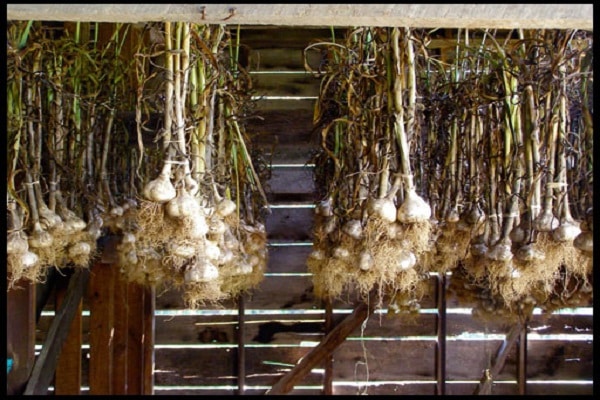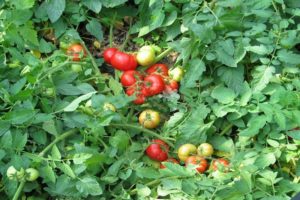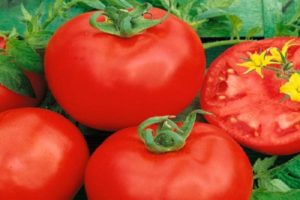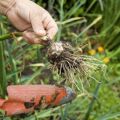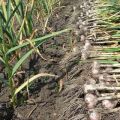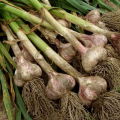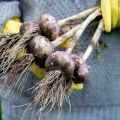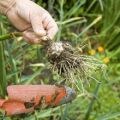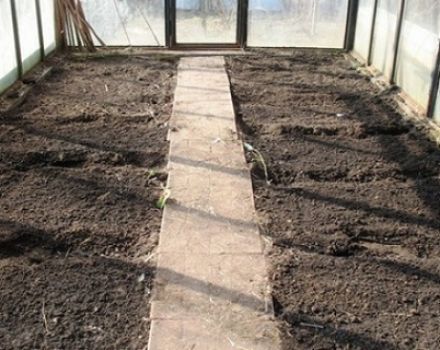How to properly prune garlic after harvesting for storage?
Storing garlic is a fairly simple task, but requires some knowledge. If you store a vegetable incorrectly, then over time it will deteriorate and you will have to throw it away. Therefore, before storage, you need to familiarize yourself with how to properly trim the garlic for storage and how to properly handle the garlic after digging it up.
When to remove garlic from the garden?
Many inexperienced gardeners know nothing about harvesting garlic. Before you start harvesting, you need to figure out when to harvest and trim the garlic from the garden.
The lunar calendar is often used to determine the timing. It can help you get information about the right time to pick vegetables. And also determine when to dig up garlic bulbsto keep them better in winter. However, it still cannot be used to determine the exact day of harvesting vegetables, since everything depends on the date of their planting.
To accurately select the most suitable time for harvesting in the spring, you need to determine that the garlic is ripe. To do this, pay attention to the leaves of the plant. In ripe vegetables, they gradually dry out by two-thirds. If you collect unripe fruits, they will often hurt and poorly stored in winter.
Also, the timing of harvesting depends on the type of garlic grown:
- Spring. This is a summer-autumn variety that does not shoot and ripens for a long time. Spring garlic is removed from the garden when its foliage begins to wilt and turn yellow.
- Winter garlic. From the name it is clear that this variety belongs to winter plants. To determine the timing of harvesting garlic heads, carefully examine the plant. The lower leaves of ripe garlic turn yellow, and the skin on the inflorescences gradually cracks. Most often, such a variety is fully ripe by the end of July or by the beginning of August. It is not recommended to drag out the winter garlic boron, as this will reduce the quality of the harvested crop. Plants harvested at the wrong time overripe, because of which their heads disintegrate and deteriorate.

How to determine if the garlic is ready for harvest?
It is known that garlic is not cut immediately, and before harvesting, make sure that it is ready.
To determine the readiness of the vegetable for picking during the cultivation and formation of garlic, one control bush sits on the garden bed. When the cultivation of seedlings is completed and the vegetable is fully ripe, its arrow will burst and scales and bulbs will be visible under it.This is what testifies to the complete readiness of the bushes for digging up for further storage.

How to clean the garden correctly?
Many people are interested in how to properly collect garlic for storage. To create optimal harvesting conditions, the site is being prepared. For this, the watering of the bushes and their feeding with organic and mineral fertilizers are stopped in advance. It is also recommended to partially shake off the soil from the plants to speed up the maturation of the garlic heads. After that, you can start harvesting.

Garlic should be harvested on sunny days so that there is no dirt on the site. During the digging up, the fruits are gently undermined with a shovel or pitchfork. Some people don't know whether to wash garlic when digging it out of the ground. It is not necessary to wash, but it is necessary to clean the heads from adhering soil. After digging up all the bushes, the plants are carefully laid for further drying.
Having dug up the garlic bushes, you need to figure out whether you need to trim the feathers after digging up. This should be done after the harvested garlic is completely dry.
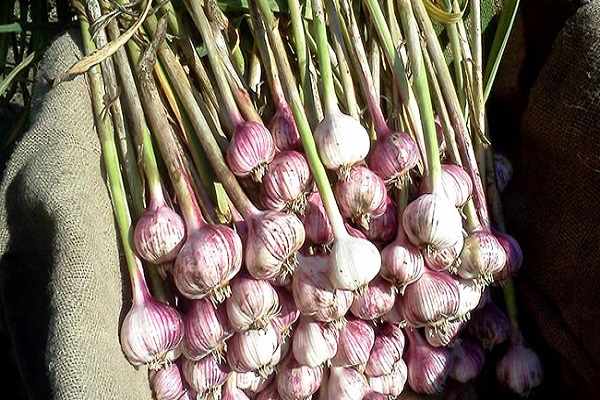
How to dry garlic after digging up?
Before pruning the garlic after harvesting, the plant is dried. To do this, the entire harvested crop is cleared of the ground and laid out outdoors or indoors.
When to prune garlic when drying?
To figure out how to properly and correctly prune garlic, you need to decide on the timing of its pruning. This should be done on the fifth day after the start of drying. The stem and root removal procedure is performed with a sharp and undercut secateurs. The trimmed heads are dried for another 3-4 weeks in a well-ventilated building with normal air humidity.
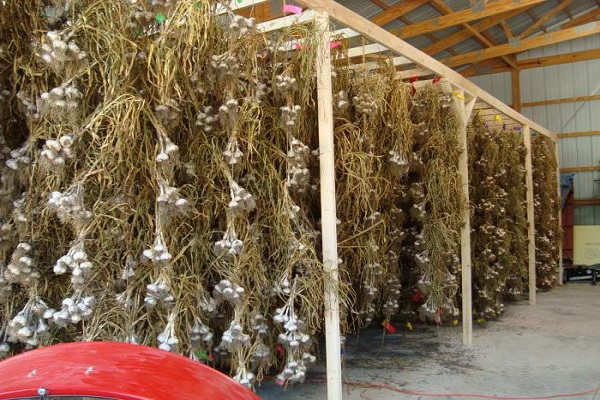
To understand that drying has come to an end, you need to carefully examine the skin of the garlic. It should have a uniform color and become more brittle than before.
Home storage
Not everyone has summer cottages and therefore some have to deal with storing vegetables in apartments. There are different ways to store vegetables in rooms and even in the hallway.
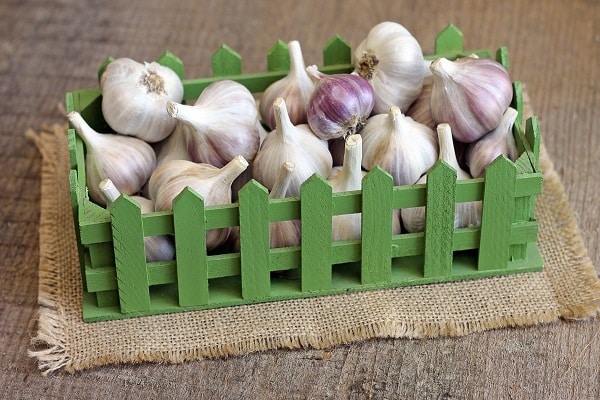
In a refrigerator
Often a refrigerator is used to store the crop after drying. When using this method, you will have to place the peeled heads of garlic in a saucepan or glass jar and completely fill them with vegetable oil. It will absorb the smell of garlic and can be used to dress fresh vegetable salads.
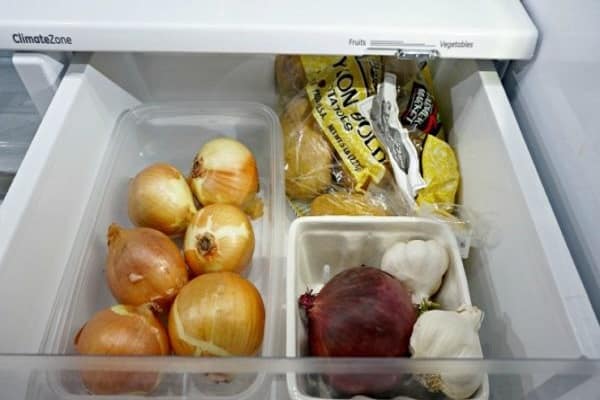
In paraffin
To make the garlic softer and not spoil, it is stored in paraffinic liquid. To do this, each head of a vegetable is thoroughly soaked in liquid paraffin for about 10–20 minutes. After that, they are taken out of the paraffin and dried to become covered with a paraffin coating. It interferes with the evaporation of moisture, so that the crop retains its juiciness.

In glass jars
With high humidity indoors, garlic is stored in glass containers. When using this storage method, unpeeled garlic heads are added to previously sterilized containers. When the entire crop is distributed among the jars, they are covered with nylon lids.
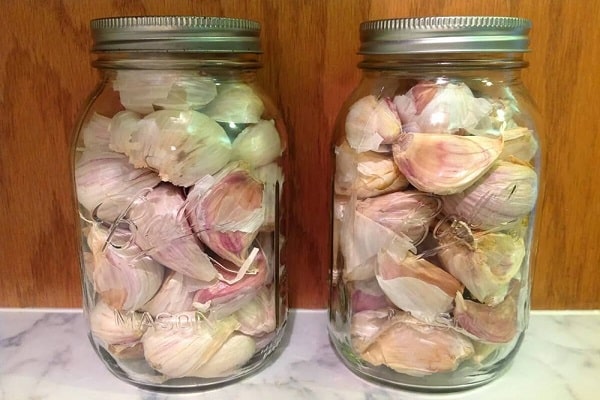
In salt
The most common method storing garlic heads at home the use of salt is considered.
Before using this method, it is worth determining whether the roots should be cut off before storing. It is definitely necessary, since it is because of them that the harvested crop quickly deteriorates.
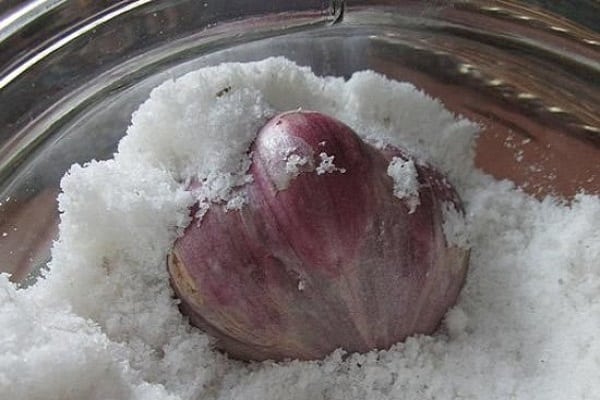
To preserve the harvested crop in winter, a thin layer of edible salt is poured into the jars, on which the heads are laid out. After distributing the vegetable over the jars, pour a final 3 cm thick salt layer on top.
Garlic collection and storage
Separately, it is necessary to highlight the methods of storing crops in cellars and summer cottages. In this case, gardeners are not limited to the boundaries of the apartment and therefore can use not only the above methods of winter preservation of garlic.

In linen bags
Some people don't want to figure out how to process unprocessed garlic before storage and just leave it in linen bags. However, this can only be done in rooms with normal air humidity. In damp cellars, before placing the crop in the bags, the heads are treated with table salt or onion peel, which absorbs moisture well.
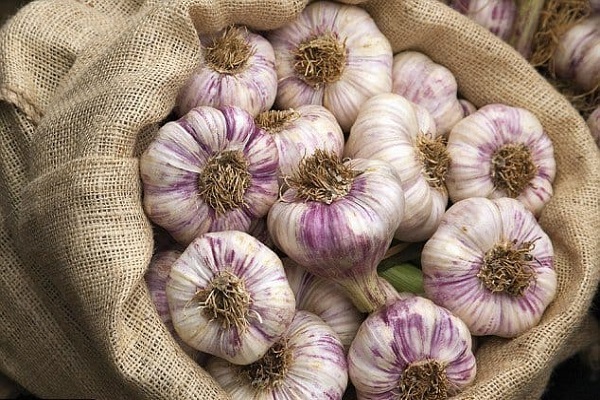
In wicker baskets
In the cellar, garlic is stored in special wicker baskets, which can hold 2–4 kg of the crop. This container is great for storing vegetables, as they never spoil in it.
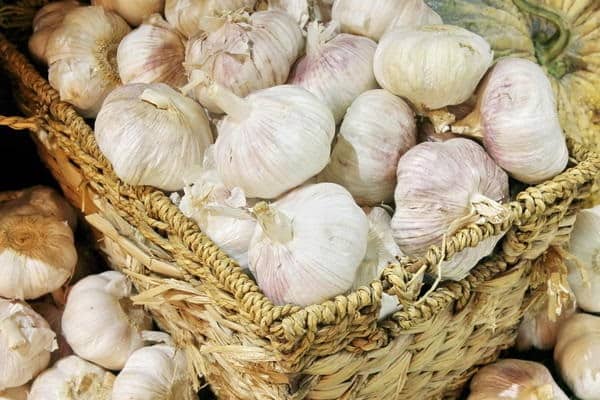
In braids
Experienced growers who have been growing and storing garlic for many years prefer to store garlic in braids. Such braids can be easily placed in a closet, closet or cellar. The shelf life of garlic using this method depends on the room in which the braids will hang.
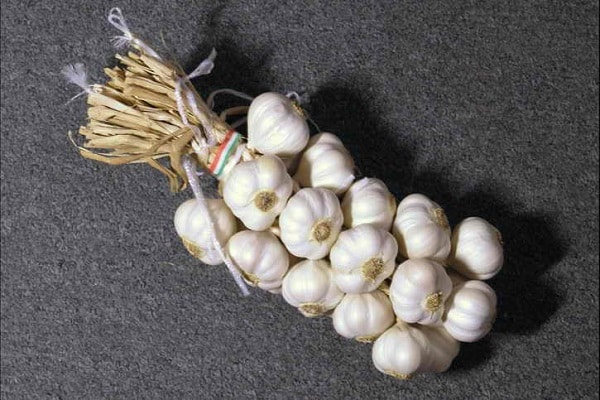
Conclusion
All gardeners who grow garlic are faced with the problems of storing the harvested crop. To properly preserve the garlic heads in winter, you need to familiarize yourself with the features of harvesting and storage methods.
